Zeiraphera griseana
(Hübner, [1799])
-
 Subfamily: Olethreutinae, Eucosmini
Subfamily: Olethreutinae, Eucosmini -
 Wingspan: 16-22 mm
Wingspan: 16-22 mm -
 Flight period: Jun - Oct
Flight period: Jun - Oct -
 Spread: Common
Spread: Common -
 Host plants: Pinaceae
Host plants: Pinaceae
Information
The Zeiraphera griseana also called Larch Tortrix is a moth of the Tortricidae family with a wingspan of 16-22 mm.
It is distributed in most of Europe, with the exception of Portugal, Croatia, Greece, Bulgaria and Ukraine, and there is no data from most of the Balkan peninsula. *
Its range extends to China, Korea, Japan and North America. ***
In Italy it is also present in the islands *.
The front wings of the Zeiraphera griseana background color white, variously suffused with light gray and scarcely streaked,
with thick, indistinct shades of pale ocher; there are markings ranging from gray to whitish gray with additions of ocher and black.
Oblique, narrow median band, confluent with the pre-lath marking. Cilia white, suffused with gray, with a sub-basal line. **. ****
Hind wings shaded gray, with darker apical. Absent sexual dimorphism.
The markings may vary depending on the ecotype, such as in the "stone pine" ecotype in which the markings of the front wing,
they vary in depth and clarity and become stronger and better defined.
At altitudes below 1000 m above sea level, the adult moth occurs in the second half of June and in July,
and from mid-July to October at higher altitudes. Butterflies fly at dusk and dawn, as well as during the day, with a minimum temperature of at least 8 ° C.
The main flight activity begins at sunset, the male moths fly briskly around the canopies of the trees.
This activity can last until midnight as long as the temperature remains above 8 ° C. Dispersal flights are possible even at considerable distances. ****
Mass multiplications of Zeiraphera griseana occur periodically (with cycles of 8-10 years of duration) on the European larch
and on the Swiss stone pine or Swiss pine in the Alps, as well as on the Siberian larch, Sukachev larch, and Dahurian larch in Siberia.
This moth does not destroy the larch forest, but modifies its structure and growth. The damage period runs from April-May until the beginning of July.
The egg is ovoid and flat, 0.6-0.7 mm long with 0.4-0.5 mm wide, yellowish, finely carved and knurled. ****
The larva in stages 1 to 4 has a yellowish gray body; encapsulated head, neck and anal shield black.
The 5th larval stage is darker in color. In the Alps two varieties of coloring have been distinguished;
The "type stone pine" is brown with two yellowish lateral-dorsal stripes, with dark brown thoracic legs, while the "larch type" is dark gray, with the head,
capsules and black sclerites, as in the younger stages. **
The pupa is 7.5-12.5 mm long, reddish-brown. **, ****
Zeiraphera griseana is a defoliator parasite of various conifers, including Larix, Pinus and Picea.
* Lepidoptera mundi https://lepidoptera.eu/ - Fauna Europea https://fauna-eu.org/
** Bestimmungshilfe für die in Europa nachgewiesenen Schmetterlingsarten - http://lepiforum.de/
*** A.H. Zhang/H.H.Li 2005 Catalogue of Eucosmini from China - https://gdoremi.altervista.org/documents/Eucosmini_cina.pdf
**** Eurasian Tortricidae 2.0 - https://eurasian-tortricidae.linnaeus.naturalis.nl/
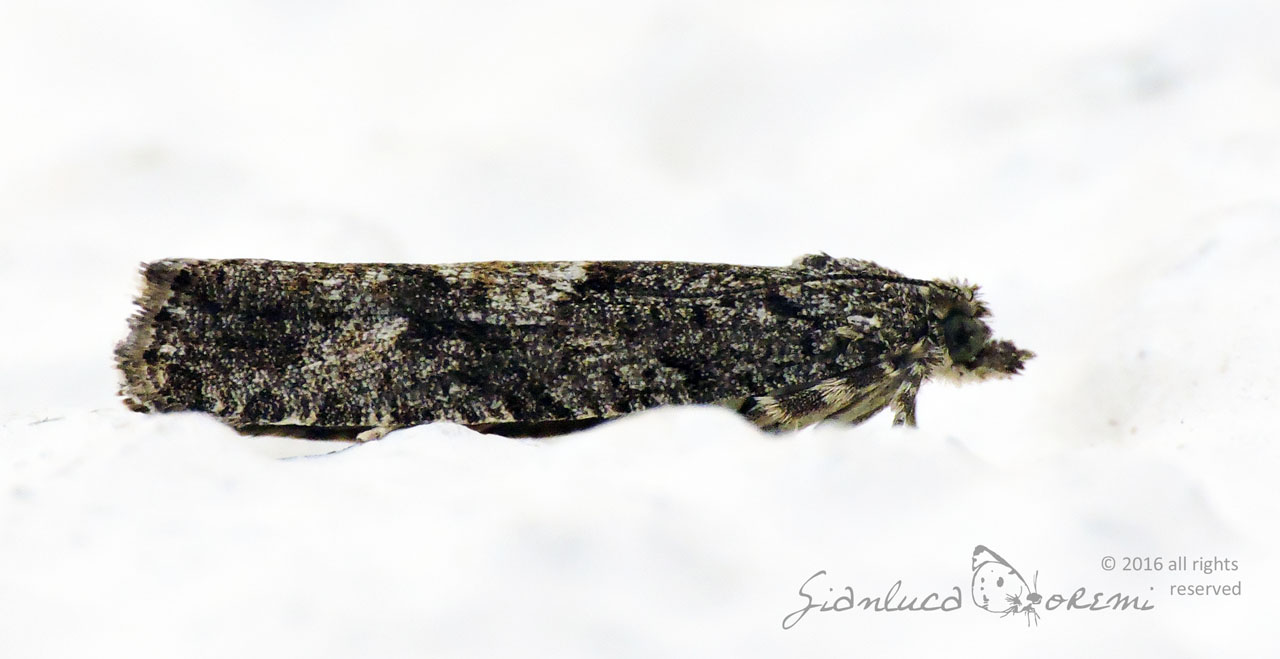
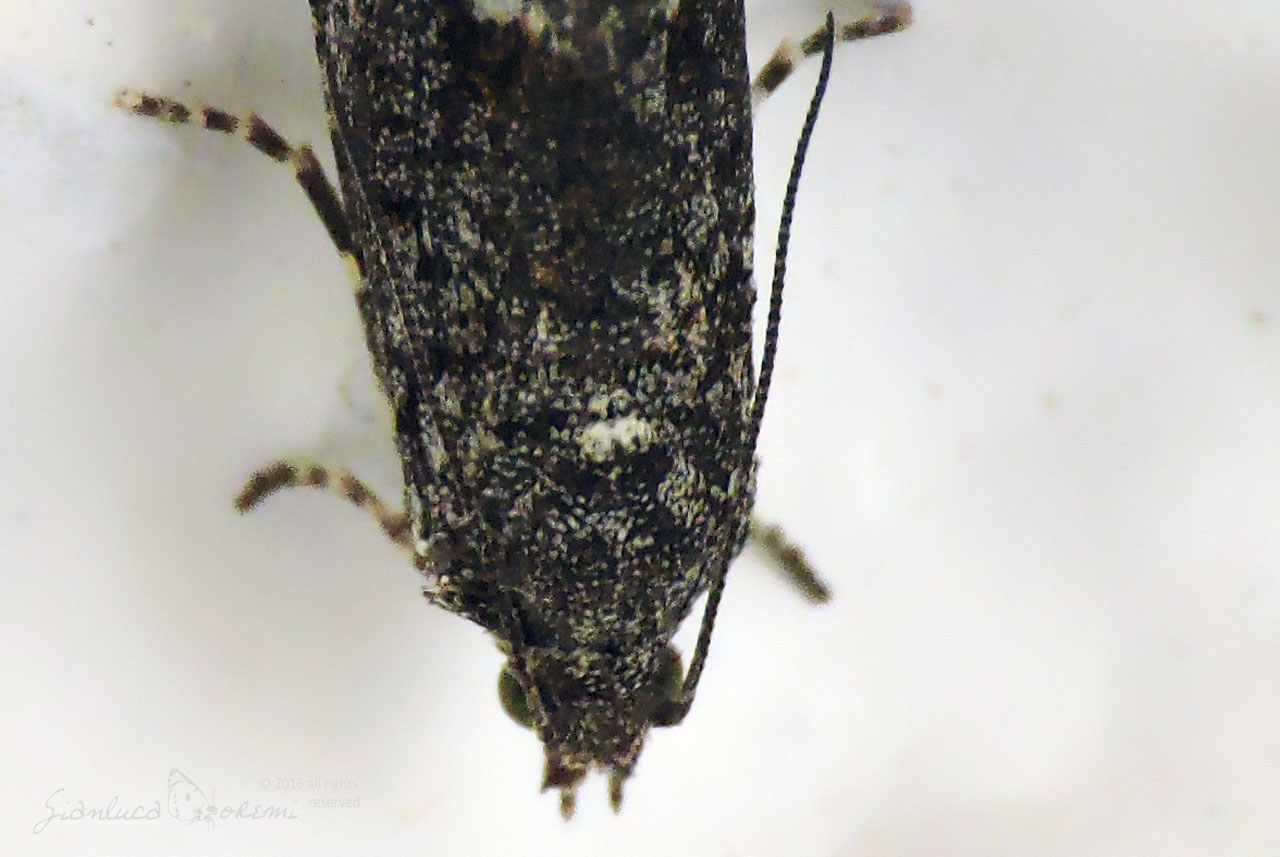
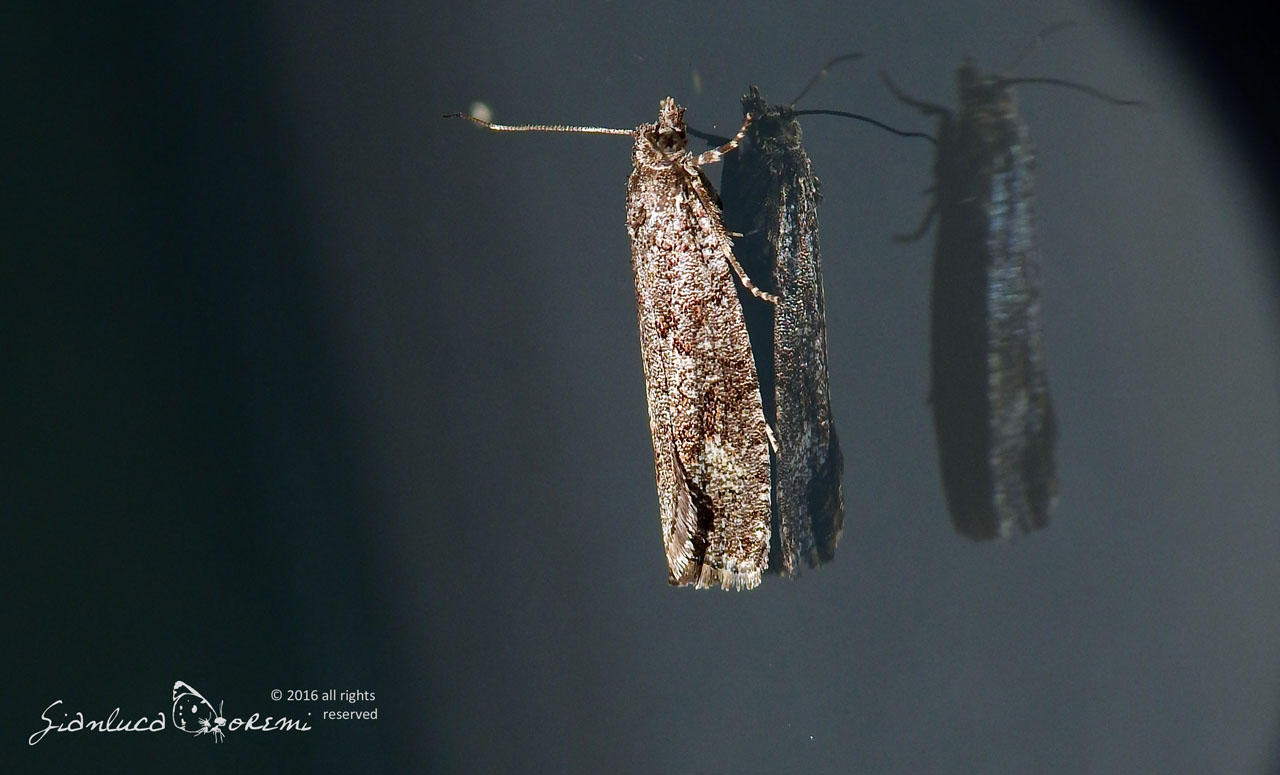
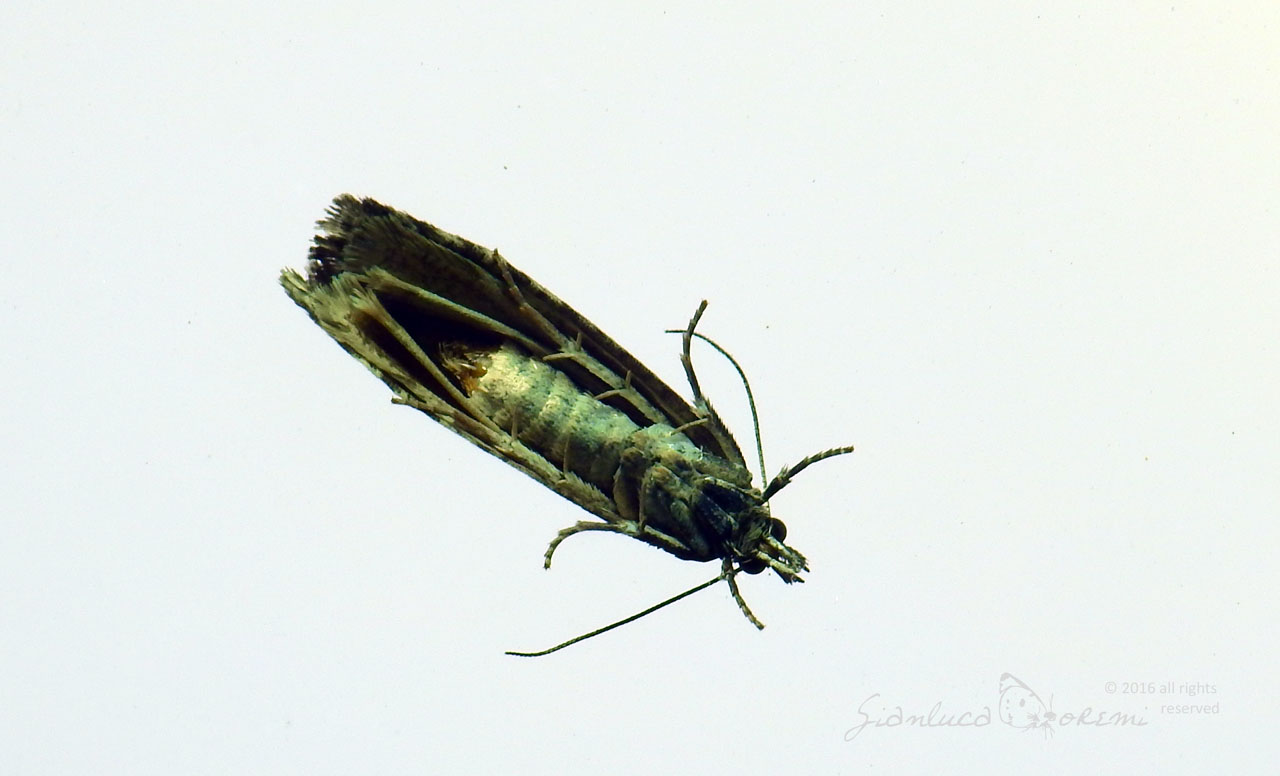

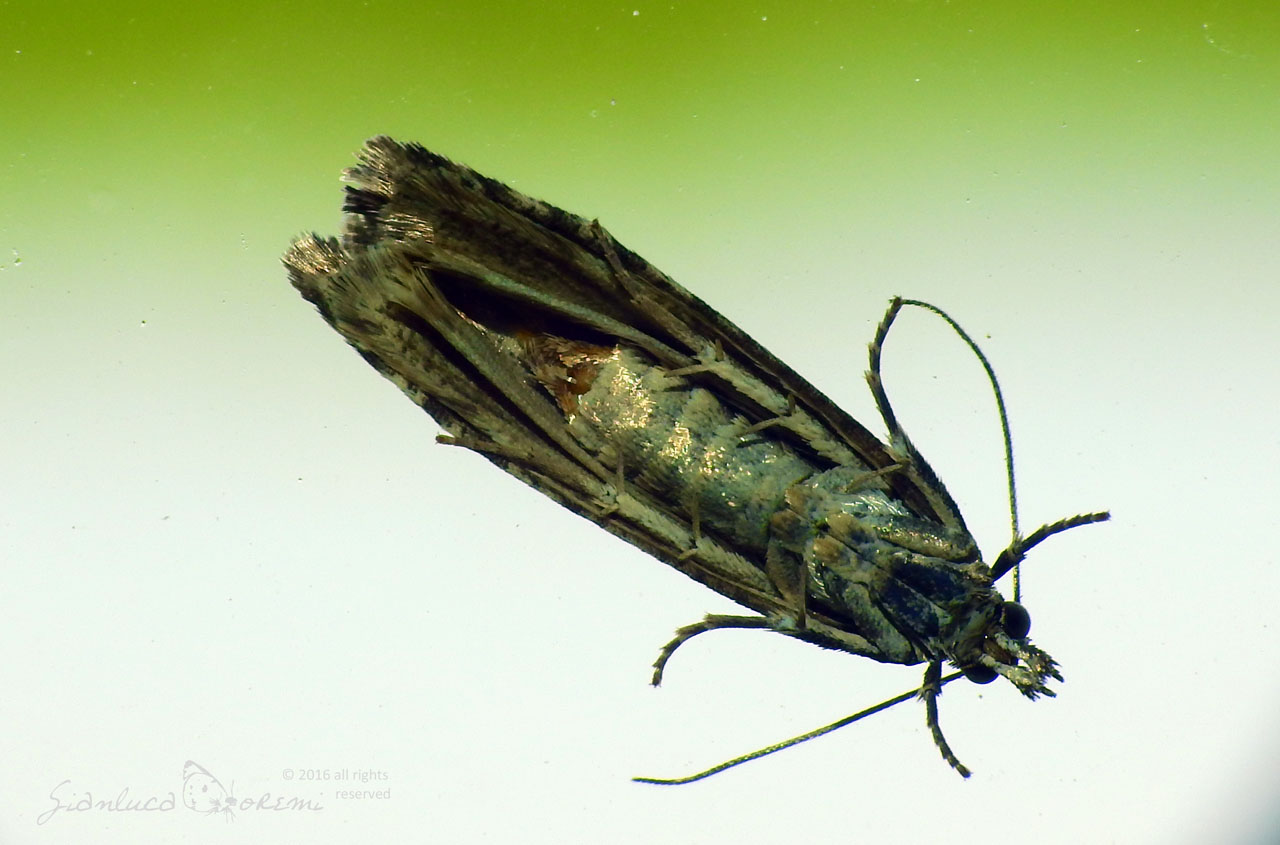
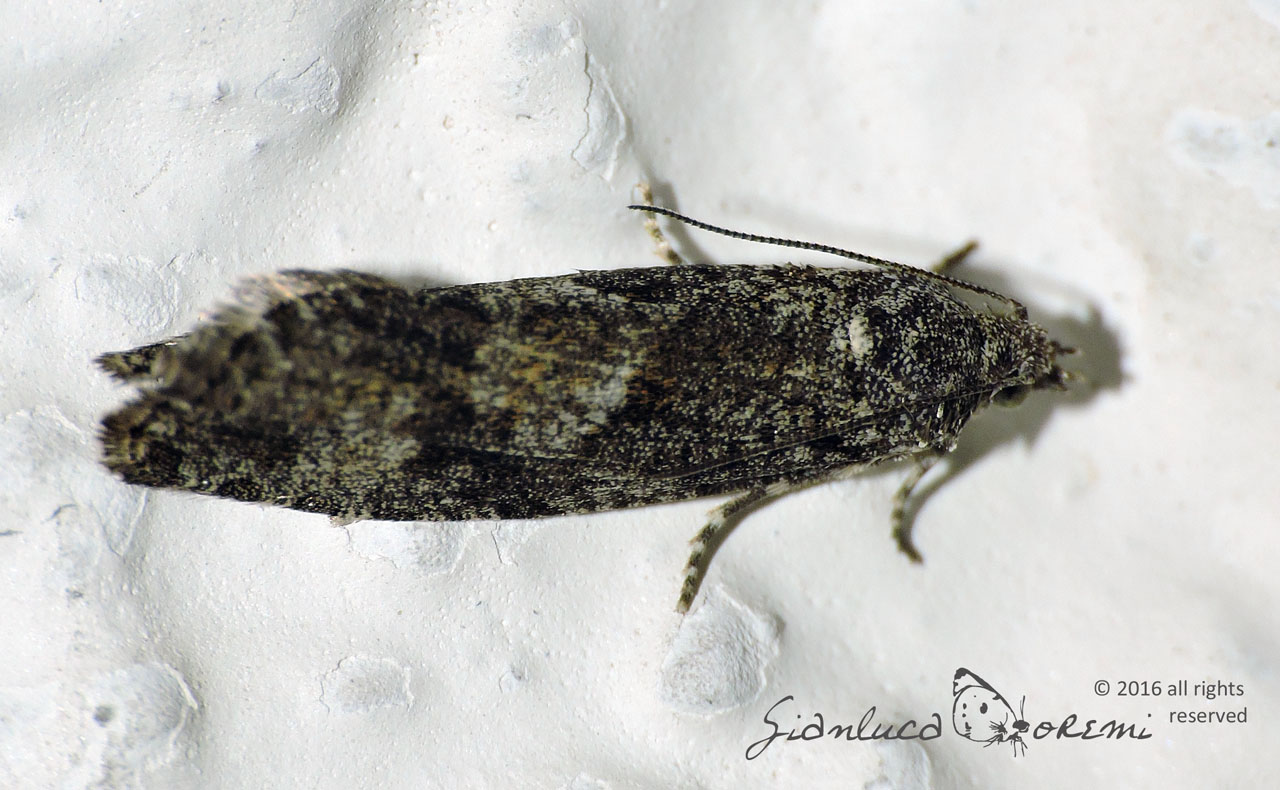
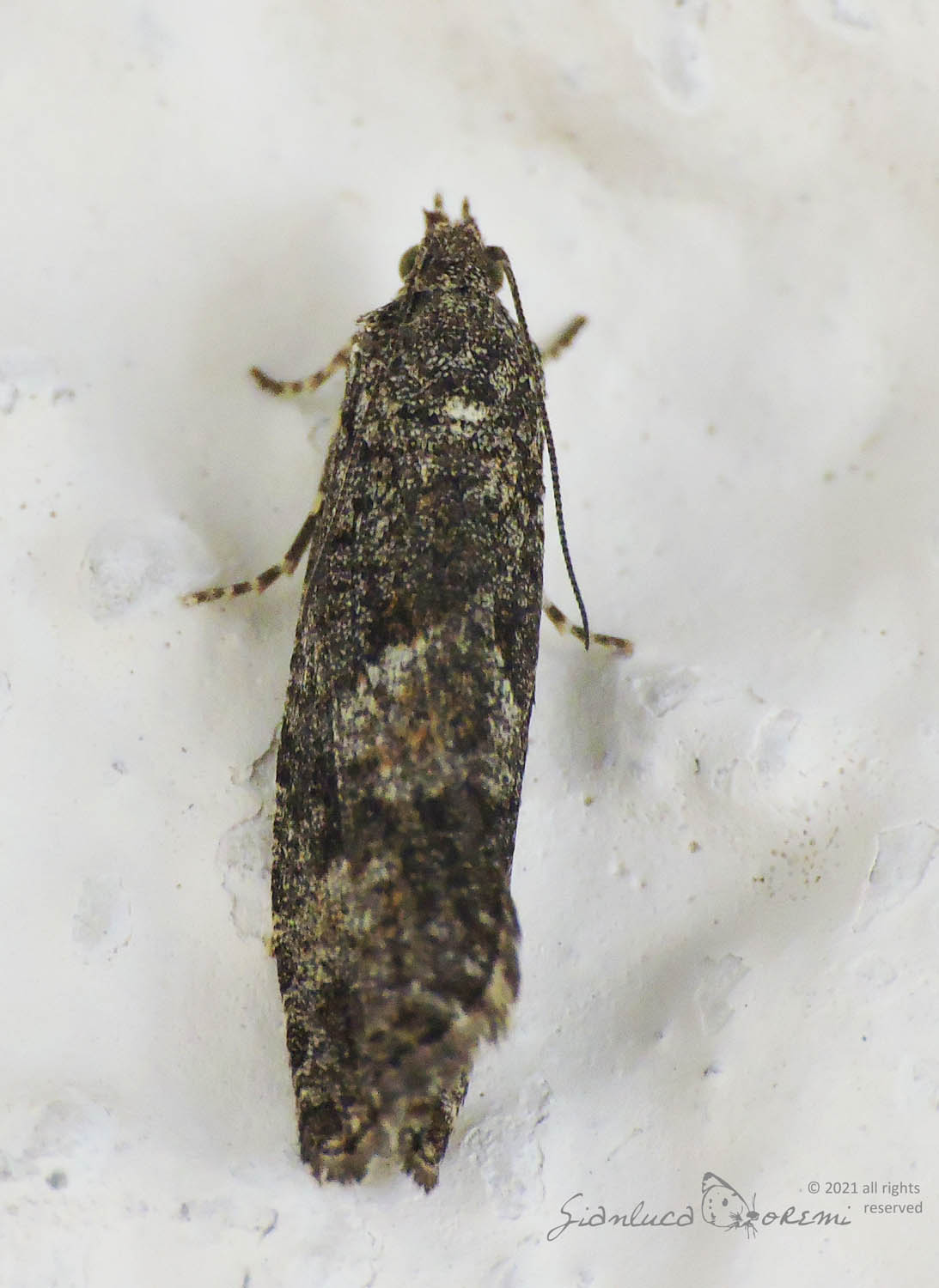
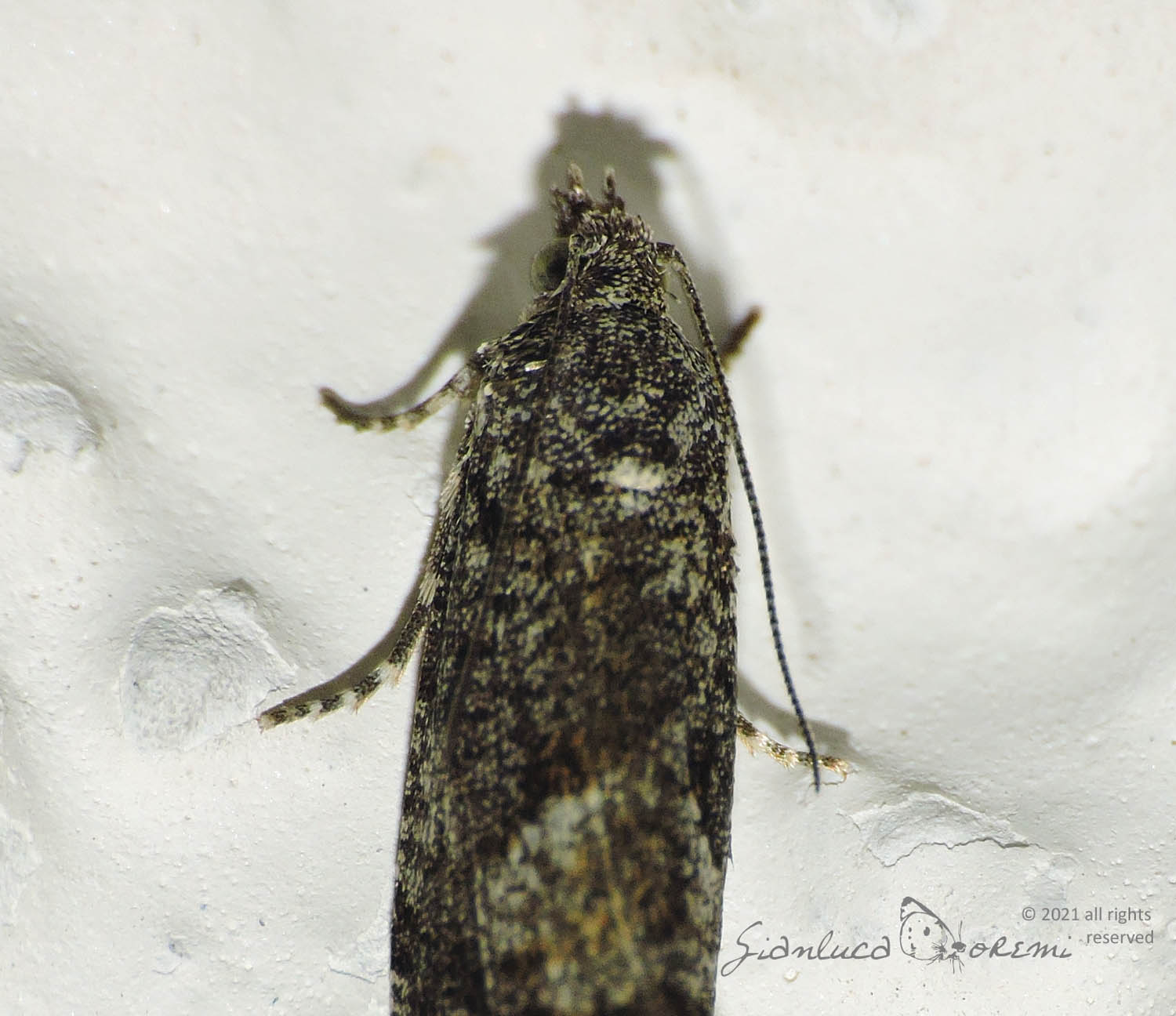

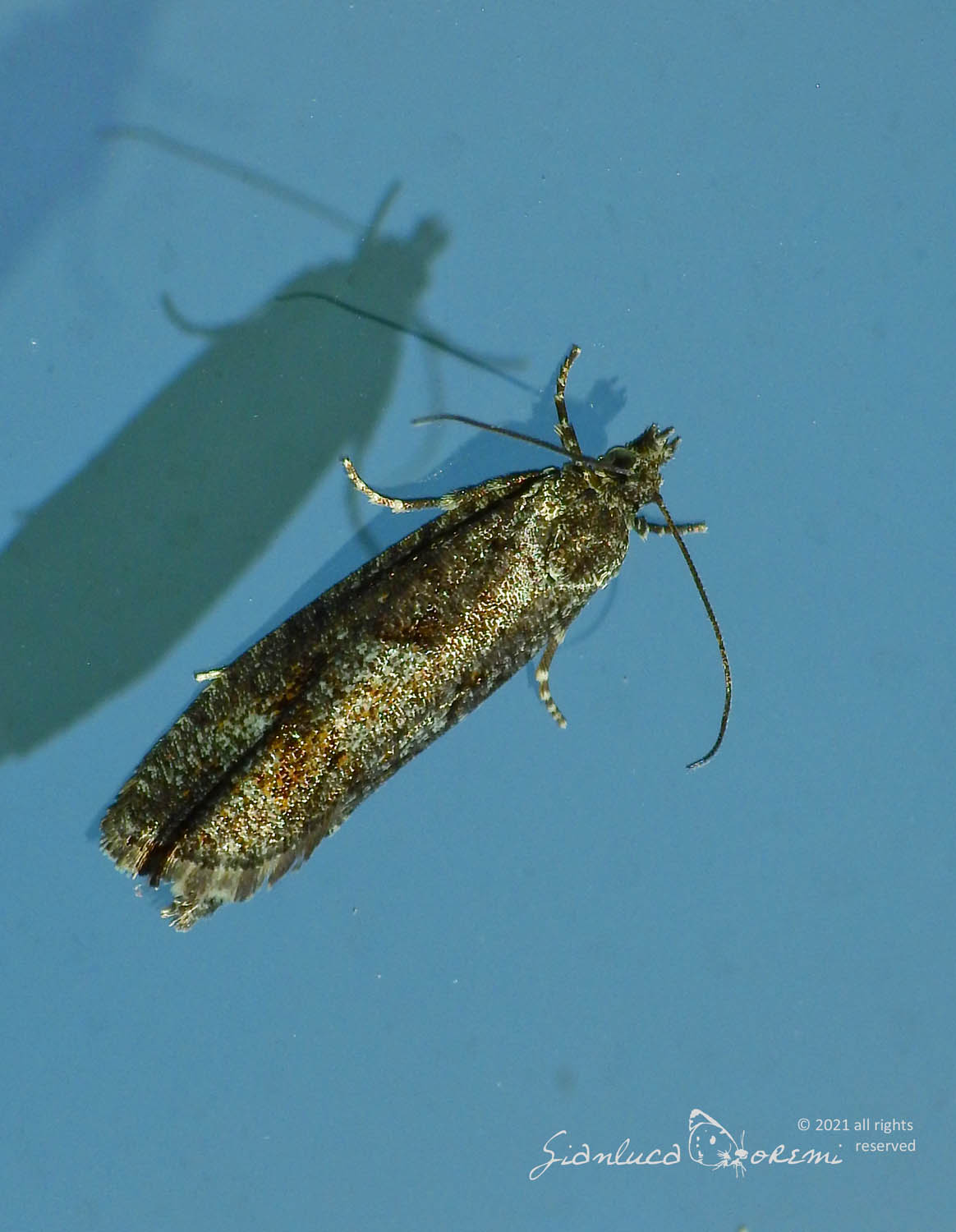


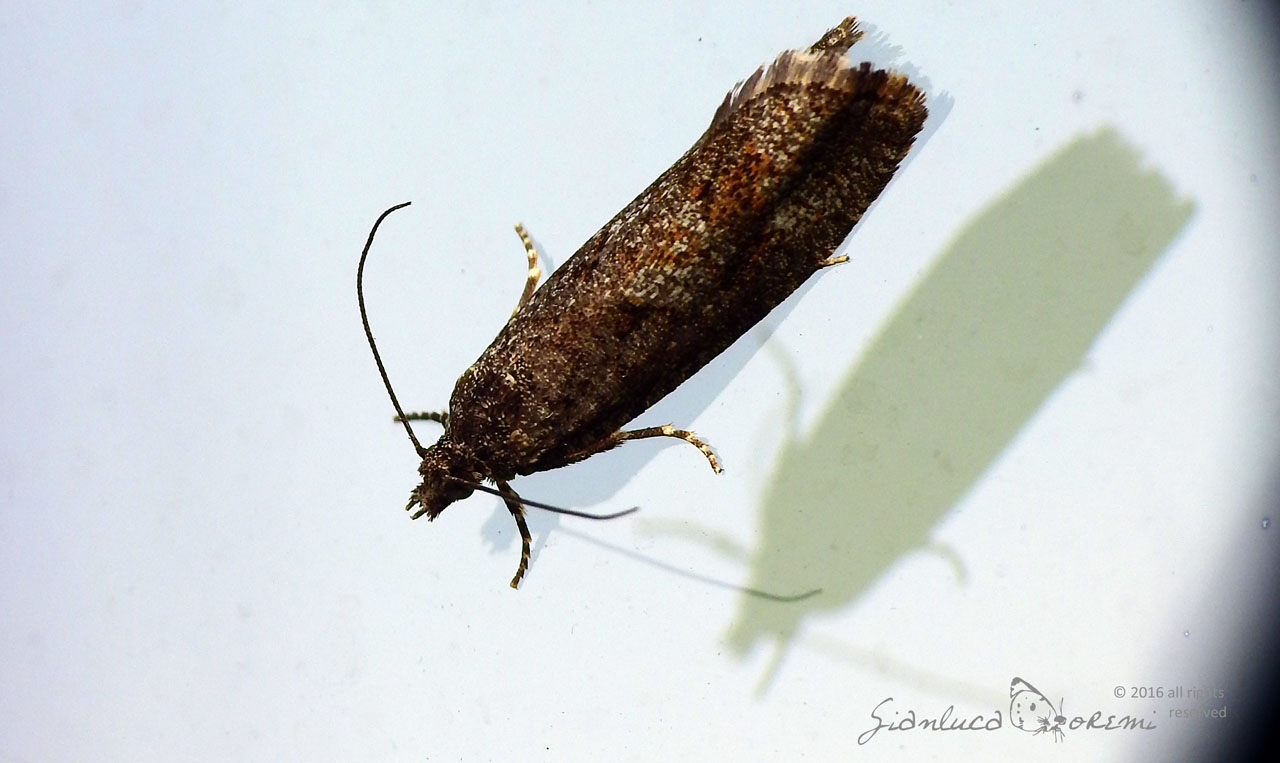
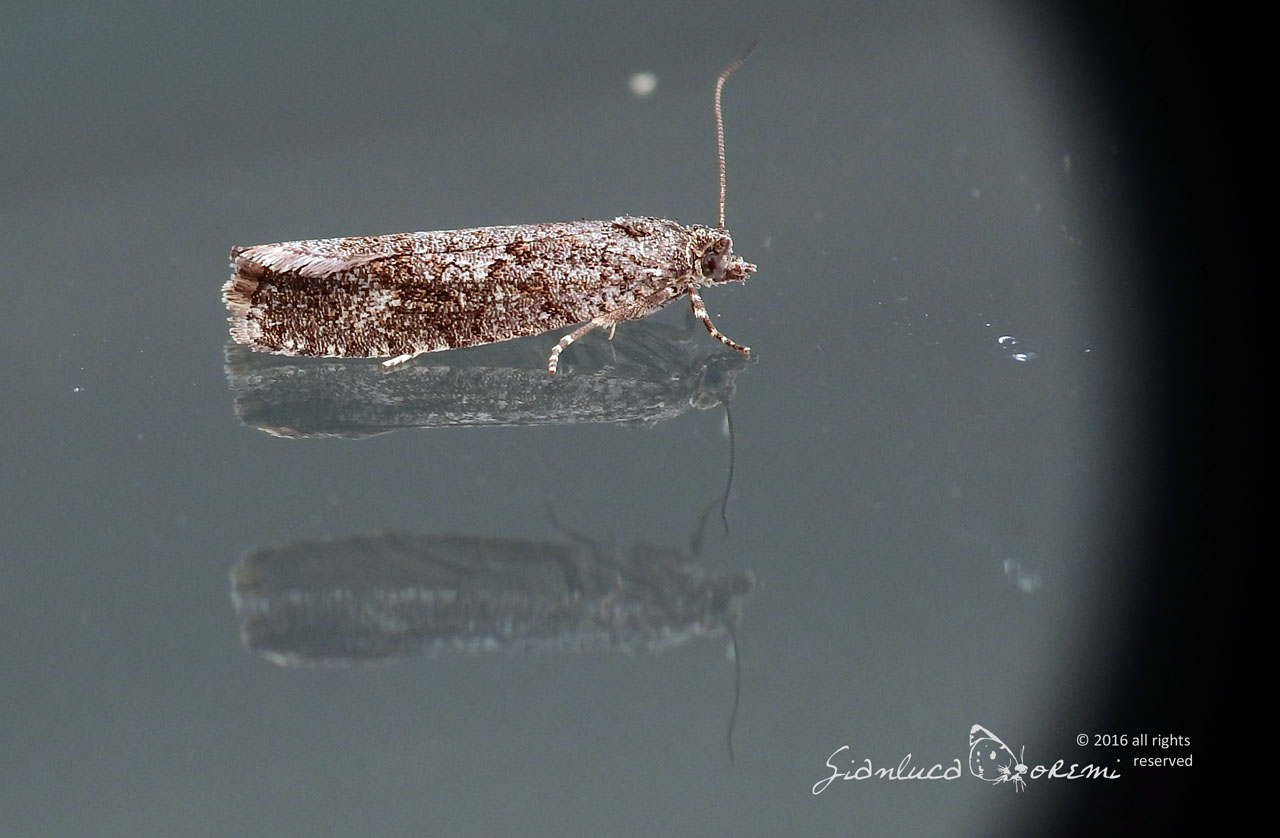
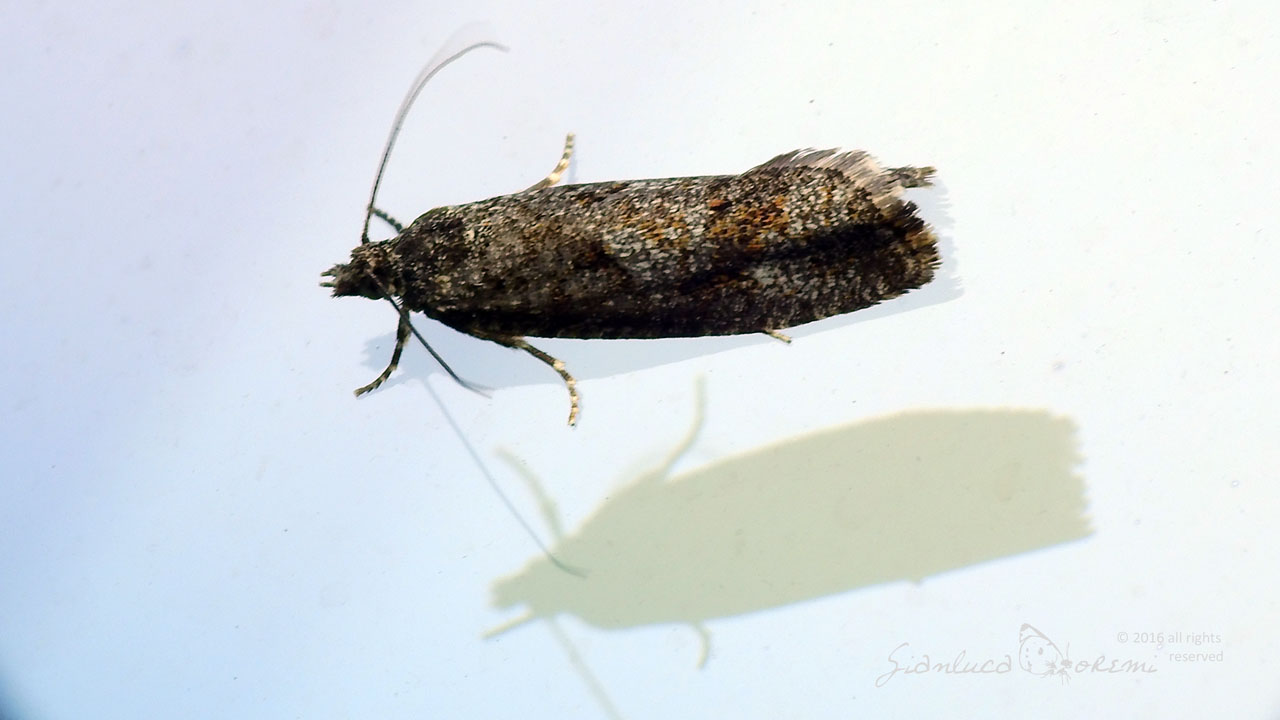

 EN
EN ITA
ITA
Social and publications